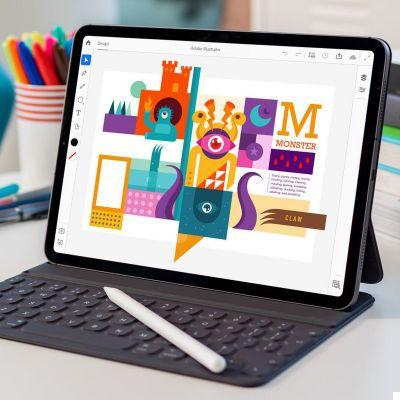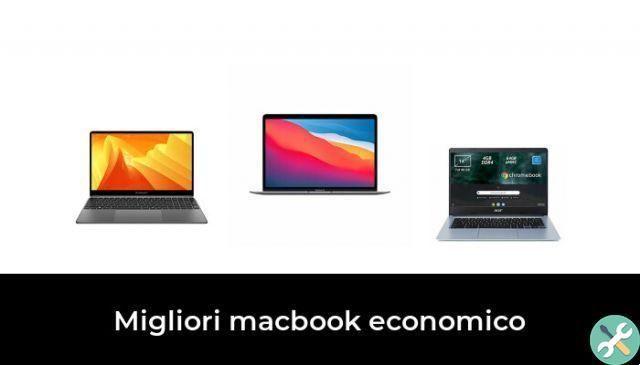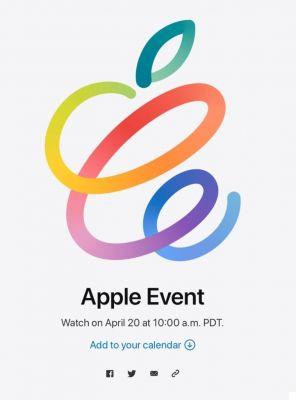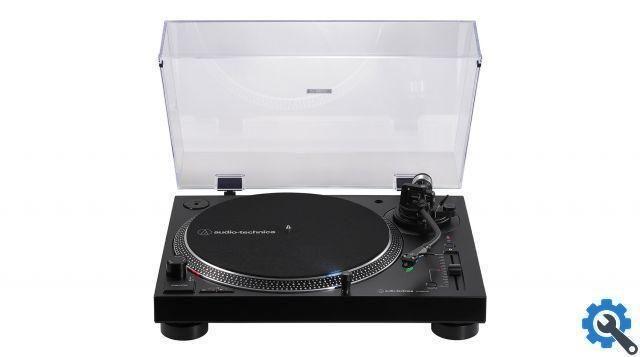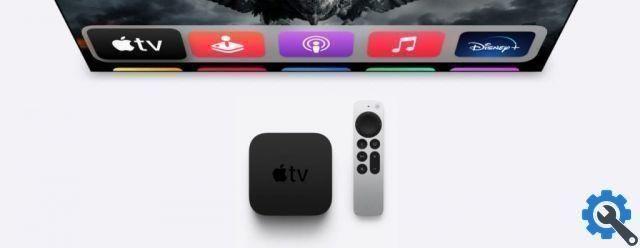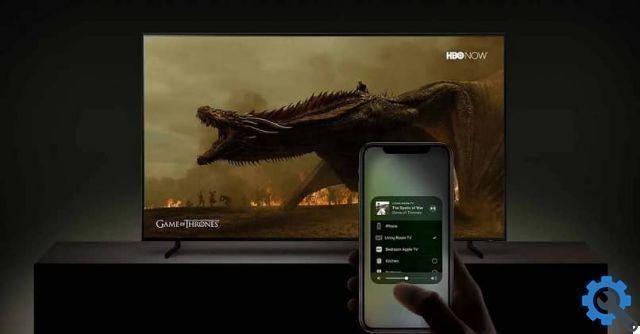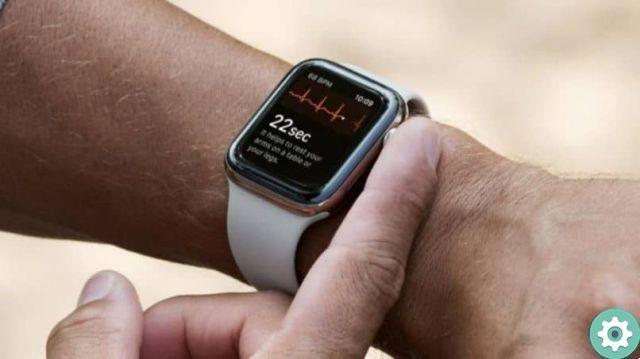While everyone is talking about 5G now, there are other technologies that are creeping under the radar that could offer simple solutions for different environments. One of them is LiFi, which occasionally spawns stocks, although it still lacks density to form a value proposition for the consumer to consider.
What is LiFi
According to Wikipedia, Lifi (acronym for light fidelity —LI-Fi—) is the term for labeling fast, low-cost wireless communication systems that use light-weight bi-directional data transmission technology that is faster than optical.
So far, the measurements show it is 100 times faster than some Wi-Fi technologies, reaching speeds of up to 224 gigabits per second.
It consists of wireless communication that uses visible or near ultraviolet (UV) and near infrared (NIR) light of the electromagnetic spectrum (instead of radio frequency waves), part of optical wireless communication technology, which carries much more information.
Put simply, LiFi is a traditional light fixture with an internet connection.
Consulting firm Research and Markets estimated in 2018 that the market for this technology could reach a value of $ 35.820 million over ten years.
In June 2019 the “Light Communications Alliance” (LCA) was established with the aim of promoting new wireless technologies that allow the development of communication through light. The institution will promote and highlight the benefits, use cases and adoption deadlines of Li-Fi technology and promote the definition of its standards.
LiFi applications would enable reliable and secure wireless communication at high speed, with low latency, in areas where certain radio frequencies do not arrive with sufficient power due to sensitive environments or when wireless communications are not permitted due to safety regulations. .
Advantages and disadvantages of LiFi
Some of the advantages are:
- The data transmission speed is very high (it can go from 15 Mb / s to 20 Gb / s)
- There is no interference with radio frequency elements as its transmission medium is light so it can be used in places where Wi-Fi does not reach
- It does not require complex circuits or antennas or receivers as LIFI uses infrared-like modulation methods
- At the same time that a place is illuminated, you can have a lifi signal, which would save energy
- It can allow underwater or airplane connections and other places where no signal is now possible
Some disadvantages:
- Visible light waves do not pass through objects, as radio waves do, so if there is interference (something hides the light source) the signal is lost.
- The range of the light beam of the LEDs is not very wide, as it only reaches 5 or 10 meters
Signify took the first step
Under the name of Trulifi, Signify (formerly Philips Lighting) introduced in 2019 a LiFi system that uses light waves instead of radio signals (such as WiFi, 4G / 5G, Bluetooth, etc.) to provide wireless data transmission and reception technology. , using the lighting infrastructure to provide reliable and secure high-speed broadband connectivity up to 250 Mbps.
Getac applies LiFi to the mobile computing
Last year we echoed GeTac's initiative to integrate LiFi into its devices, through the alliance with PureLiFi. Now Getac has announced that its newly announced UX10 rugged tablet will be the first to integrate technology for use with LiFi without the need for adapters.
According to Getac, these are the benefits of using LiFi in devices:
- Enhanced privacy and security: the light can be more easily contained than radio waves and protected in a physical space. As a result, it is much less vulnerable to hacking or hijacking, while offering greater control over network location, resource monitoring, and user authentication.
- Superior connection quality: LiFi offers XNUMX times the data density of RF-based networks, resulting in increased reliability and interference-free communications. LiFi also does not interfere with RF signals, which means that both networks can operate simultaneously in the same physical space.
- Extremely low latency: Light-based data connections have significantly lower latency than radio-frequency-based technology, which can radically enable innovation, automation, and the use of advanced applications such as augmented reality (AR) and virtual reality (VR) .





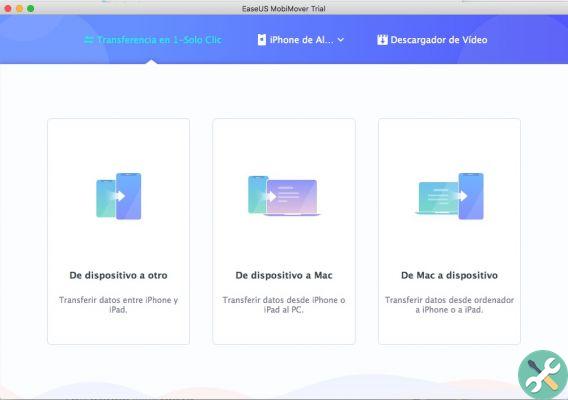
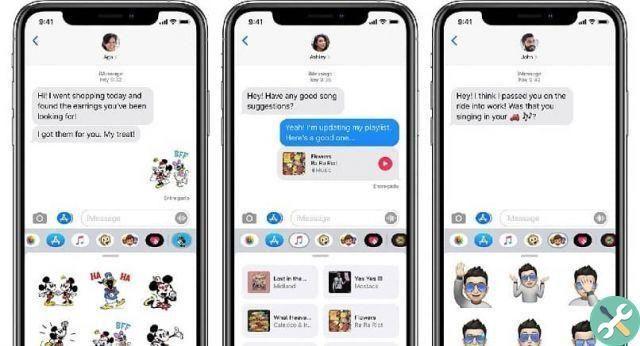



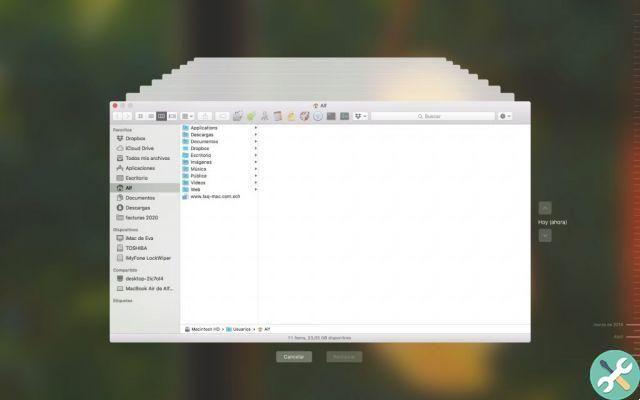
![Google also wants your Apple News [Updated] [2]](/images/posts/943dc0d8f28fcc4bc16fa30ed6d71f6a-0.jpg)

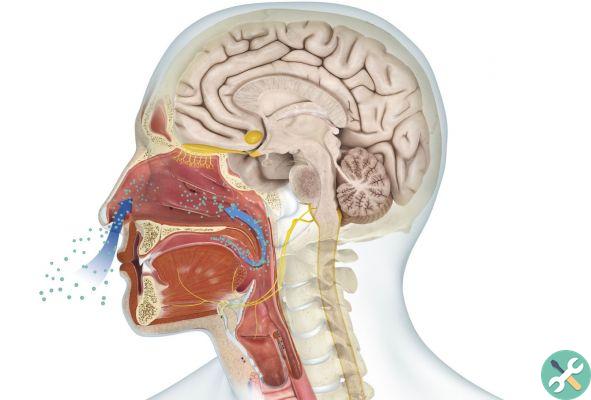
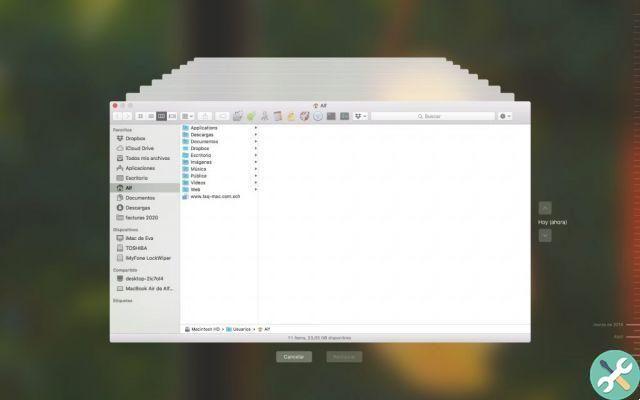

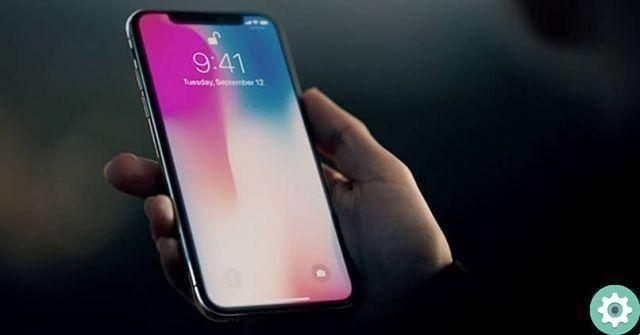
![Apple Vice Presidents Talk About Development of M1 for Mac [Updated]](/images/posts/c6254b668e5b3884d6b6338ccb8a02ff-0.jpg)
